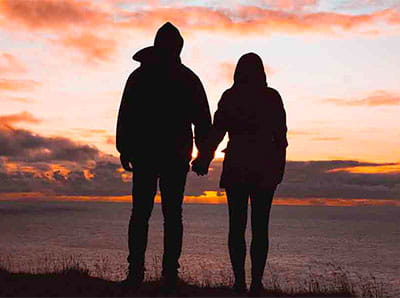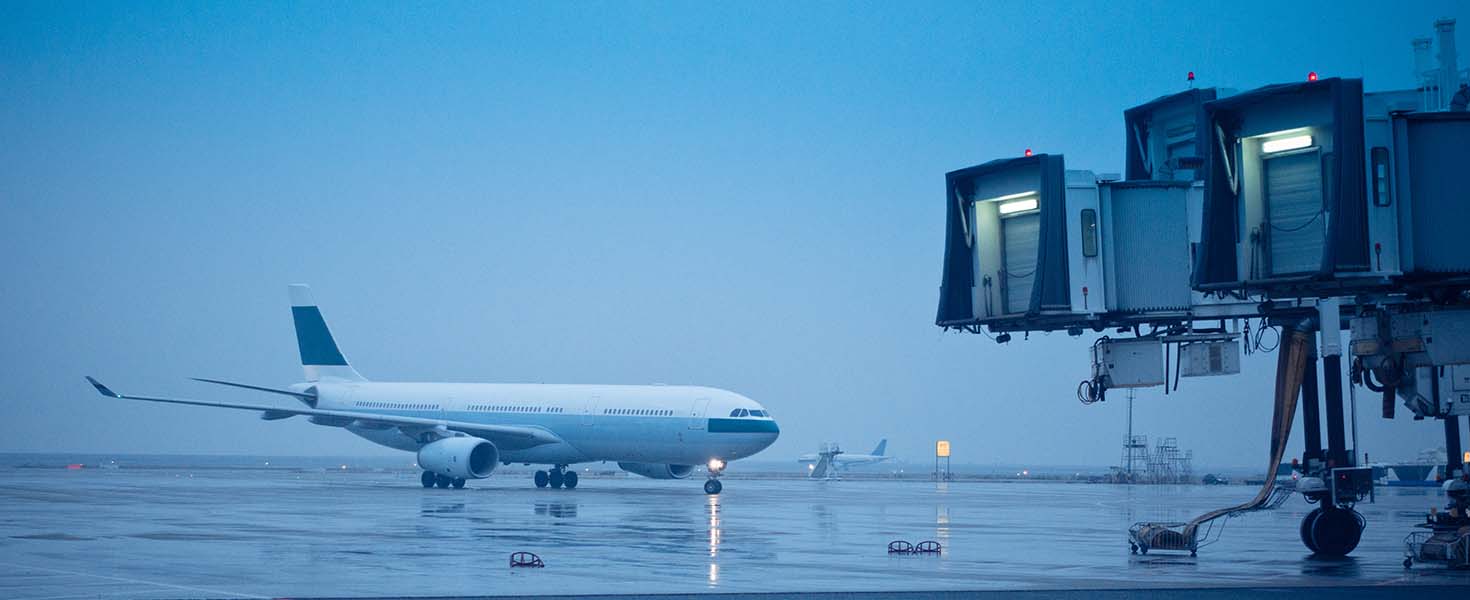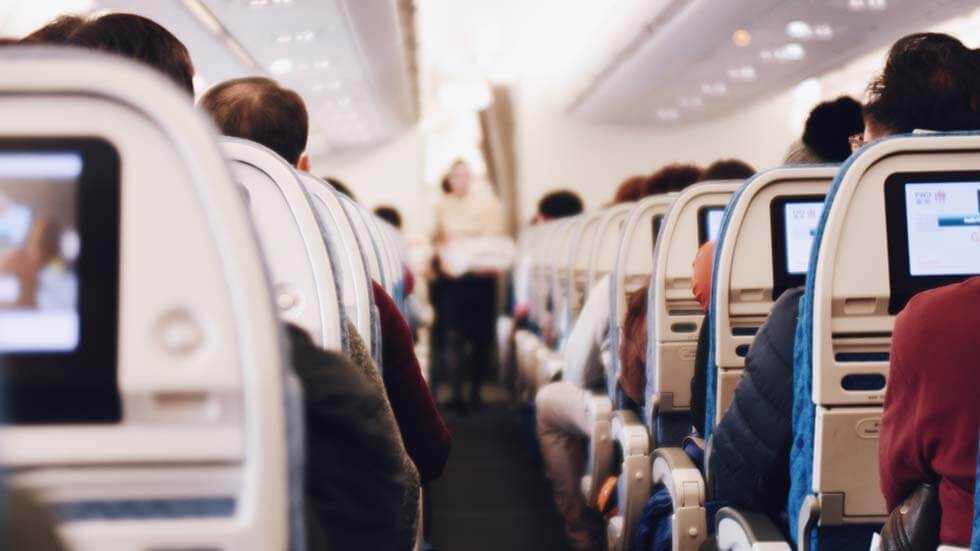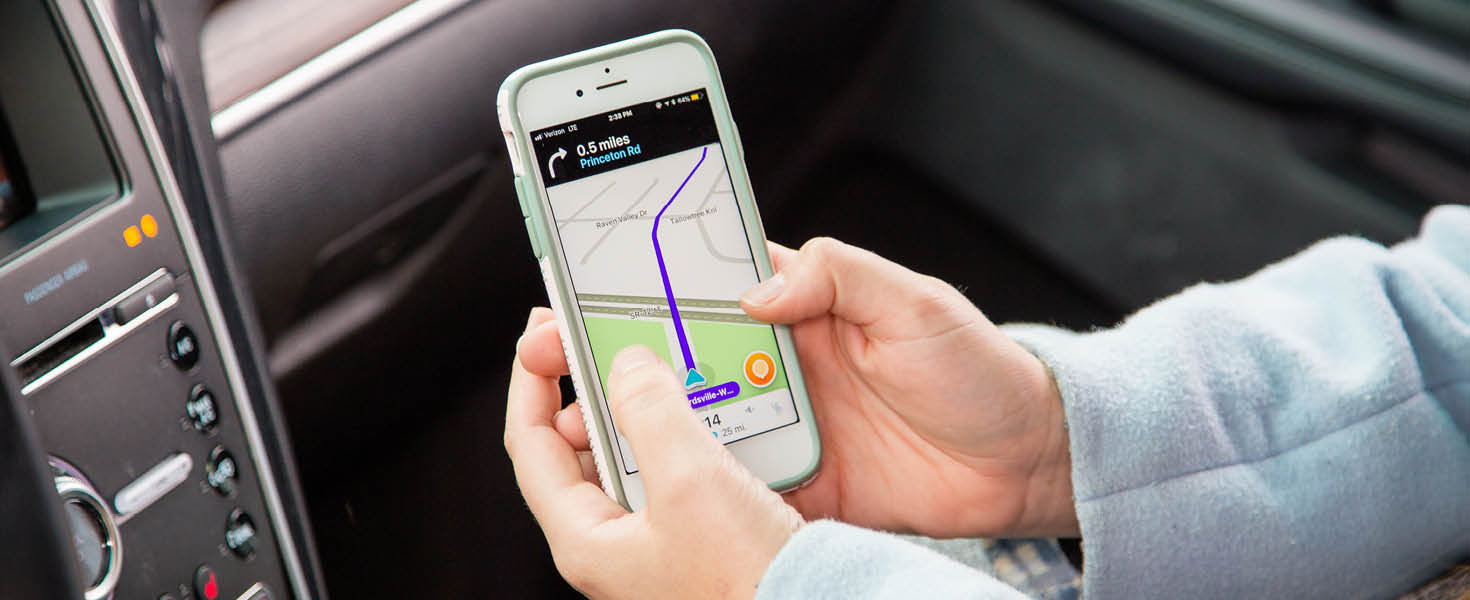In her seven years as a flight attendant on regional carriers serving major U.S. airlines like Delta, United, and American, Danita Grasty has seen a thing or two. She also knows that passenger safety and comfort are priorities for a memorable travel experience. We sat down with Danita to uncover what it’s really like to be a flight attendant, and what she wishes passengers knew before setting foot on a plane.
AAA: What kind of training is involved in becoming a flight attendant?
DANITA: Each airline has its own training program, which can be anywhere from three to eight weeks. It’s not an easy process because there are so many phases between the application and graduation. My suggestion? Bring your “A” game, a positive attitude, and patience; the window of time for a flight attendant to gain their wings can take a few months to a year.
AAA: What’s the best type of passenger?
DANITA: Traveling is not always an easy task. I understand if someone is grumpy because it’s 4 a.m. or their flight is delayed or canceled, or if they’re traveling for a special event, or with children or for business. Flying can be a very frustrating experience. Overall, if a passenger is pleasant and compliant, I can work with them and am happy to take care of them and their needs.
AAA: And what about the worst?
DANITA: Usually, when a passenger is unhappy, it’s due to frustration, lack of knowledge, a delay or cancellation. These situations may be harder for some than others. We encounter parents who have a hard time handling their children, passengers with service animals or who need special accommodations, even passengers who are intoxicated. All of these scenarios can be very sensitive matters and must be managed carefully to avoid conflict. Fortunately, this is where our training and teamwork come in so we can keep things calm.
Danita Grasty, photo by Blair Caldwell
AAA: Can you tell when a passenger gets on a plane if they’re going to be a problem or require special attention?
DANITA: Usually the flight attendant boarding in the front sees everything first. Luggage or personal items that won’t fit in the overhead bin, passengers who need special assistance, or Bob, who is jovial but you can tell that he was waiting for a delayed flight to arrive and he’s been throwing back a few. Communication among the crew is critical to resolve all these issues before we are airborne. The first line of defense is other flight attendants, who act as your second set of eyes. We consult each other, then we consult with the flight deck or the pilots. As a team, we decide if any further action takes place with a person or situation before closing the cabin door.
AAA: What’s the strangest complaint you’ve ever received?
DANITA: Believe it or not, a passenger once reported me for running out of potato chips in first class. I could not believe it! We receive a basket that has a certain amount of items in it. Some passengers take more than one snack and there were twelve guests in first class—three or four bags of chips are going to go quickly!
AAA: What’s the oddest thing you’ve seen a passenger do on an airplane?
DANITA: I’ll have to call it a tie between a man cutting his lady’s toenails and a couple changing their baby’s diaper on the tray table. We can’t make this stuff up! For sanitary reasons, we actually have to address the situations like these. Most of the time, it goes well.
AAA: What’s a common thing passengers do on planes that you wish they wouldn’t?
DANITA: I treat the cabin like it’s my home. It would be nice if passengers wouldn’t put their feet on the bulkhead wall. Flight attendants have to clean scuffs from shoes, and it also damages the wall over time. We’re also glad to take all your trash and wish passengers wouldn’t put trash in the seatback pocket.
AAA: What can passengers do to help the flight attendants while onboard the aircraft?
DANITA: Our general rule of thumb is, if you see something, say something. Since the tragic events of 9/11, some passengers voluntarily act as our additional set of eyes and ears. I’ve had people type messages on their cell phone to communicate their problem or concern, or ring their call bell and give me a look then point out something that makes them uncomfortable.
Otherwise, just simply being compliant is key. If you are asked to do something by a flight attendant, know that there is a safety or FAA rule associated with those instructions and that the flight attendant is just looking out for you and the passengers around you. “On time” is every airline’s goal, and the sooner passengers get on the plane, put their stuff away, take their seats and buckle up, the sooner we can be on our way. Win-win!
AAA: What advice do you have for travelers?
DANITA: Always book a connecting flight one hour or more after your flight arrives. It will alleviate so much anxiety and stress! Also, bring your own snacks, medicine, activities and earbuds for your kids. We don’t have toys, milk, bottle warmers, and such on board. Most important, use the restroom in the airport terminal before boarding. Our goal is to depart on time, and this helps the boarding process go smoothly.
AAA: What do you wish passengers knew about the flight attendant role?
DANITA: We want passengers to know that flight attendants want to make their travel experience safe and cozy. We work long hours, and sometimes we don’t have time to eat, sit down, or take a break. Our goal is to have every flight depart on time and get to our destination safely, so keep in mind, once the door is closed, we still have to taxi to the runway and wait in line to take off. If you see us moving about the cabin, it’s not your cue to walk around. We’re on active taxiways and it may be dangerous for passengers. This also applies shortly after take-off.














